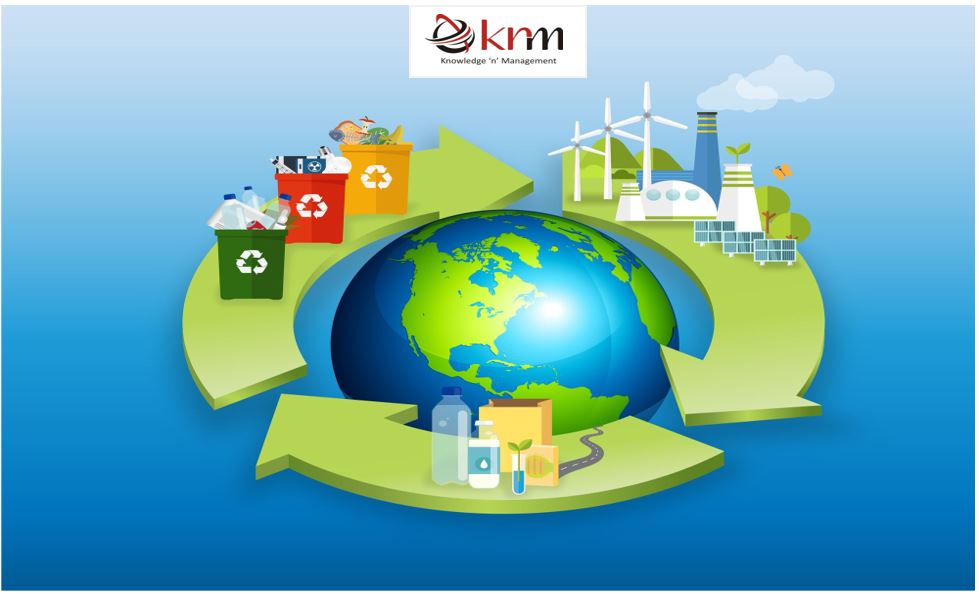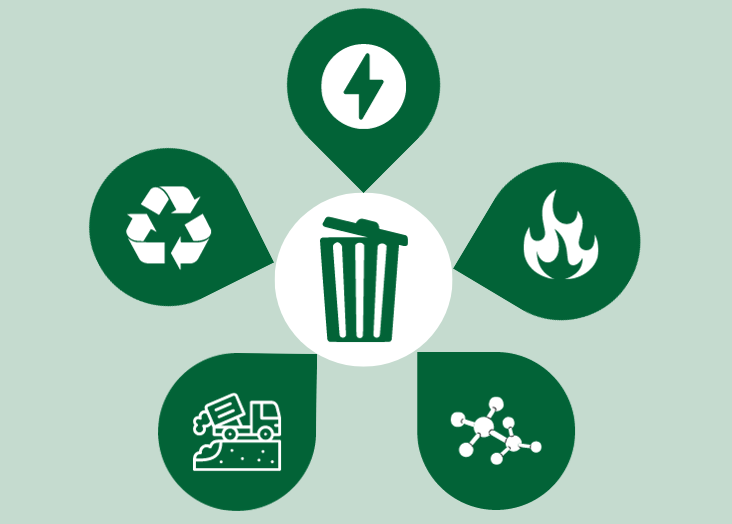The Effect of Recycling Lives Services on Communities and the Atmosphere
The Effect of Recycling Lives Services on Communities and the Atmosphere
Blog Article
Discovering Various Types of Waste in Modern Waste Management Solution
The modern landscape of waste monitoring involves navigating a complex variety of waste kinds, each calling for specialized handling and disposal approaches to reduce ecological impacts. Local strong waste, dangerous waste, electronic waste, and organic waste each existing distinct obstacles and opportunities for resource healing. Innovative services such as smart waste bins and waste-to-energy modern technologies are becoming vital devices in boosting performance and sustainability. Understanding these waste types is essential for fostering public awareness and encouraging energetic engagement in lasting techniques. What techniques can efficiently attend to these diverse types of waste while advertising a round economy?
Municipal Solid Waste
Metropolitan strong waste, usually described as house trash or waste, includes a range of discarded products produced by residential, business, and institutional resources within a community. This waste stream normally consists of items such as packaging, food scraps, backyard trimmings, paper, plastics, fabrics, and discarded household goods. The management of municipal strong waste is a critical component of urban planning and public wellness, requiring efficient collection, transportation, and disposal systems.
Reliable waste management systems are developed to reduce ecological effect while optimizing resource recovery. Composting organic waste, such as food scraps and backyard trimmings, not only decreases landfill usage yet likewise creates beneficial soil changes.
Communities must also deal with the logistical and financial obstacles related to waste monitoring. Executing pay-as-you-throw systems, improving public recognition, and spending in technology can considerably enhance waste diversion prices. By incorporating these practices, towns can cultivate sustainable areas, minimize greenhouse gas discharges, and preserve natural resources.
Contaminated Materials

Efficient contaminated materials administration entails several essential steps: recognition, disposal, therapy, and segregation. Identification involves the category of waste based upon its hazardous properties. Segregation guarantees that harmful products are stored individually from non-hazardous waste to stop cross-contamination. Treatment techniques, such as chemical neutralization, incineration, and stablizing, are utilized to reduce the toxicity, quantity, or movement of the waste. Disposal choices, including secure landfills and underground storage, are selected to ensure long-term containment.
Regulative frameworks, such as the Source Conservation and Recovery Act (RCRA) in the United States, offer standards and standards for hazardous waste administration. Adherence to these regulations, coupled with innovations in waste therapy innovations, is crucial in reducing the risks connected with unsafe waste.
Electronic Waste
Digital waste, generally referred to as e-waste, represents a swiftly growing obstacle in waste administration systems worldwide. This kind of waste includes discarded digital tools and equipment such as smartphones, computer systems, tvs, and other digital home appliances. The fast rate of technological development, paired with decreasing item lifespans and consumer demand for the most up to date tools, has actually significantly enhanced the quantity of e-waste produced every year.
E-waste is especially problematic as a result of its intricate composition, frequently consisting of harmful substances like cadmium, lead, and mercury, which present considerable ecological and wellness threats if not correctly handled. Alternatively, e-waste additionally has important products such as copper, gold, and silver, which can be recuperated and reused. The dual nature of e-waste-- both beneficial and harmful-- demands customized handling, recycling, and disposal procedures.
Effective e-waste monitoring entails rigorous regulative frameworks, robust collection systems, and progressed reusing innovations. Public recognition and involvement are vital, as improper disposal methods, such as prohibited unloading and informal recycling, aggravate environmental contamination and health and wellness hazards. Boosting e-waste management practices is vital for reducing eco-friendly impact and recuperating valuable sources in an increasingly digital globe.

Organic Waste
Organic waste, making up kitchen area scraps, yard trimmings, and agricultural deposits, represents a significant part of the global waste stream. This kind of waste is biodegradable, suggesting it can be broken down by microbes into less complex natural substances. Despite its potential for all-natural decomposition, incorrect monitoring of organic waste can cause damaging environmental effects, consisting of the emission of greenhouse gases such as methane, which add to environment change.
Reliable administration of organic waste is crucial for minimizing these ecological influences (recycling lives services). Composting is an extensively embraced technique, transforming natural waste into nutrient-rich garden compost that can improve soil wellness and agricultural performance. In addition, anaerobic food digestion is an emerging innovation that converts natural waste into biogas, a renewable resource resource, and digestate, which can be used as plant food
Municipalities and waste administration entities must apply robust organic waste collection and therapy programs to maximize the benefits of these processes. Public education and learning campaigns can also play a crucial function in motivating households and companies to different natural waste from other types of waste. By focusing on the monitoring of natural waste, cultures can decrease content land fill use, reduced greenhouse gas exhausts, and develop beneficial byproducts for agricultural usage.
Innovative Waste Administration
In the world of waste management, innovative approaches are changing exactly how societies handle their refuse, intending for sustainability and performance. These developments include a variety of innovations and practices that boost reusing rates, minimize land fill dependence, and look here reduced environmental effect. One famous technology is the execution of wise waste bins outfitted with sensors that keep track of fill levels and optimize collection paths. This not only lowers fuel usage however also reduces greenhouse gas discharges.
An additional remarkable development is the fostering of waste-to-energy (WtE) modern technologies. By transforming non-recyclable waste into usable power through processes such as incineration and anaerobic digestion, WtE reduces garbage dump burden and provides a renewable resource source. Furthermore, developments in chemical reusing enable the break down of complicated plastics into their initial monomers, allowing the production of new, premium plastic products.
In addition, the circular economic climate design is getting traction, highlighting the design of items and systems that focus on reusability and resource effectiveness. This holistic method encourages sectors to decrease waste generation from the beginning. Through these ingenious strategies, modern-day waste management systems are not just attending to the prompt obstacles of garbage disposal however additionally paving the means for an extra sustainable future.
Conclusion
An extensive understanding of metropolitan strong waste, contaminated materials, digital waste, and organic waste, coupled with the execution of cutting-edge waste administration remedies, is necessary for alleviating ecological effects. Incorporating innovations such as wise waste bins and waste-to-energy systems can enhance performance and sustainability. Effective waste monitoring approaches not only foster source healing however additionally advertise public recognition and involvement, eventually adding to the advancement of a round economic climate.
The contemporary landscape of waste monitoring involves navigating a complicated range of waste kinds, each calling for specialized handling and disposal techniques to alleviate ecological impacts. Local solid waste, harmful waste, digital waste, and organic waste each present unique challenges and visit this site right here possibilities for source recovery.Electronic waste, generally referred to as e-waste, stands for a rapidly growing difficulty in waste monitoring systems worldwide. Through these ingenious methods, modern-day waste management systems are not only dealing with the immediate challenges of waste disposal but likewise leading the means for a more lasting future.
An extensive understanding of metropolitan solid waste, unsafe waste, digital waste, and organic waste, coupled with the execution of innovative waste monitoring remedies, is essential for minimizing environmental impacts. (recycling lives services)
Report this page